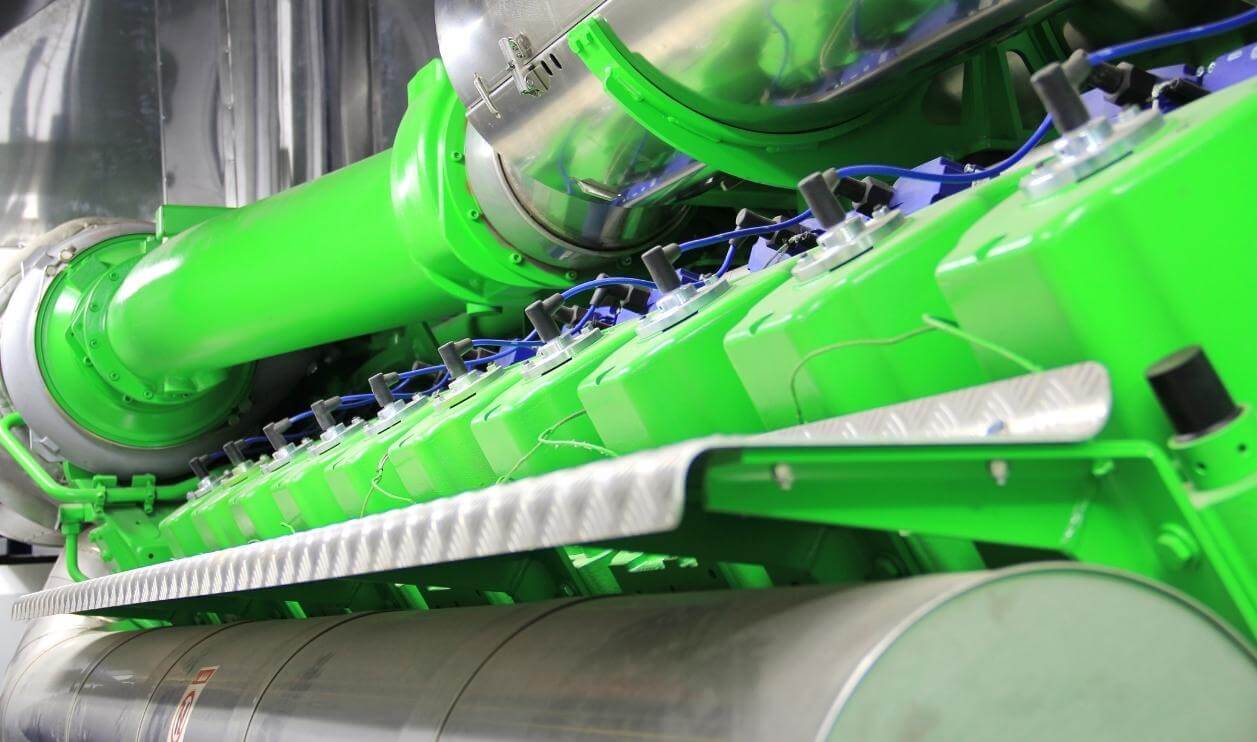
Alternative Energy
What is Cogeneration?
Cogeneration is the use of a single source of energy to produce two or more forms of valuable energy, such as electricity and heat. The technology has been used since 1882 in manufacturing and waste management industries. As an alternative to traditional power generation methods, cogeneration can help businesses reduce their carbon emissions while also generating income from surplus heat that would be wasted otherwise.
Cogeneration is an optimal fuel source that makes it possible to get more out of the fuel while reducing the carbon footprint. The energy solution is proving to be a viable option when it’s currently not possible to immediately discontinue the use of fossil fuels.
The Cogeneration Process
Cogeneration is the simultaneous production of thermal energy and electricity. This is done through a process called cogeneration, which is also referred to as combined heat and power (CHP). The U.S. Department of Energy defines CHP as “a process in which energy is produced by capturing waste heat from industrial or other processes and converting it into useful thermal energy.”
How Does It Work?
Cogeneration is a process that produces two forms of energy, typically electricity and heat. A natural gas or diesel engine powers a generator to produce electricity, and the exhaust from the engine is used to heat water.
What Are The Benefits of Cogeneration?
Replacing fossil fuels with cleaner-burning natural gas, biogas, or biomass can reduce greenhouse gas emissions. This is especially true if there is a large enough generator to produce electricity for the entire facility.
Which Applications and Industries Benefit From Adopting Cogeneration?
Cogeneration is an energy-efficient and cost-effective solution for many industrial applications. It can help improve the bottom line for many industries, including food and beverage production, pharmaceuticals manufacturing, semiconductor processing, oil refining and distribution, mining (coal or metals), cement production, paper mills, and pulp mills.
The Increased Use of Cogeneration
Cogeneration is a powerful and efficient way of generating electricity used to power homes and factories, reduce carbon emissions, and save money on fuel costs.

